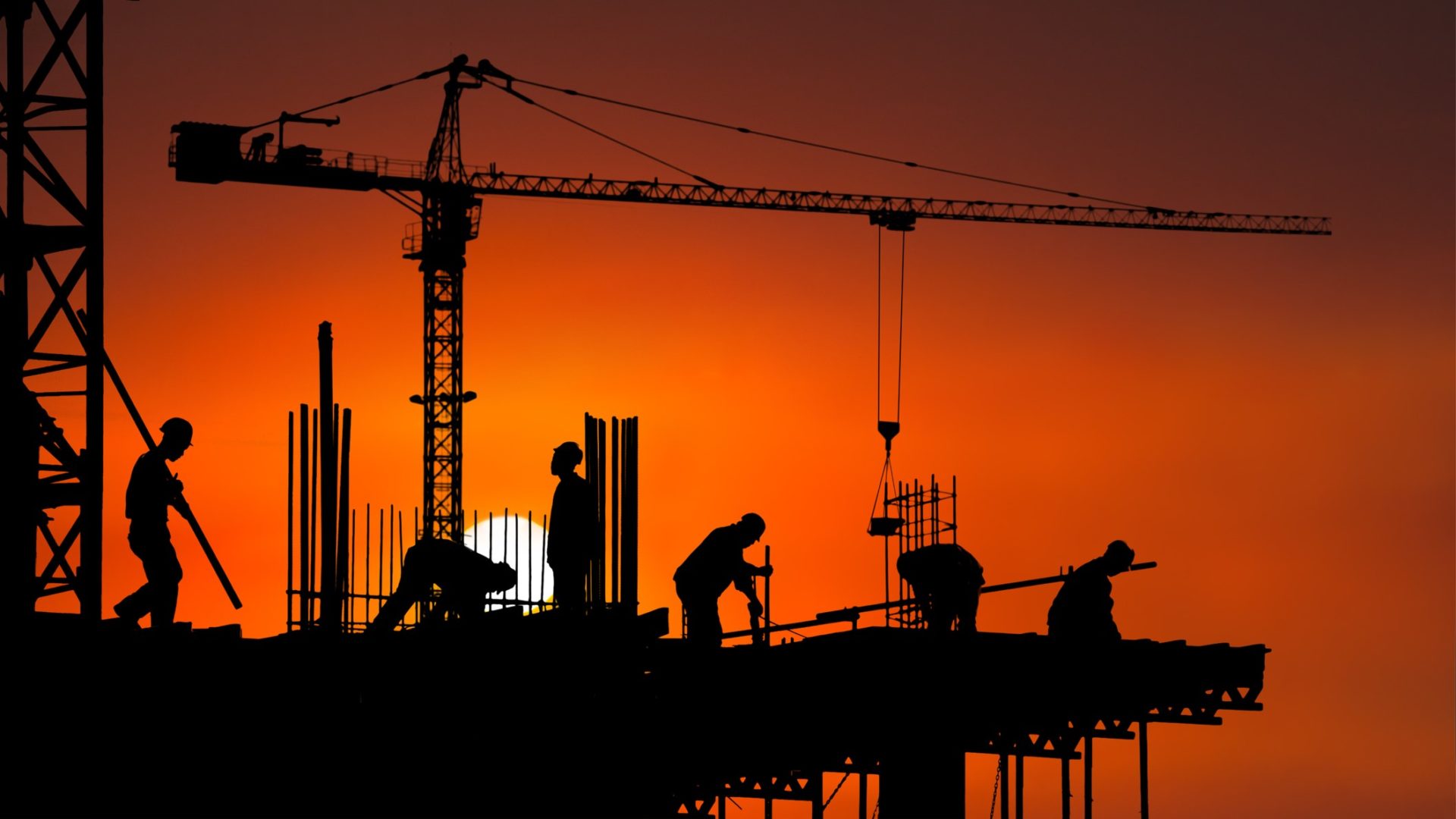
Construction output is forecast to rise by 13.7% and a further 6.3% in 2022, despite materials shortages and price rises.
That’s according to the Construction Products Association (CPA), which has published its latest summer forecast for the industry.
The CPA said infrastructure and private housebuilding would be the key drivers of growth this year and next, but that the outlook for the commercial sector remained “subdued”.
Infrastructure output is expected to rise by 23.4% in 2021, thanks to major projects including Hinkley Point C, the Thames Tideway tunnel and the High Speed 2 (HS2) rail project.
Delays and cost overruns to major projects also mean that the CPA’s forecast for infrastructure output growth has been raised to 9.7% for 2022. But the CPA also reported an increase in client hesitancy to sign off on medium-sized projects, signalling a slowdown in the near-term pipeline for the sector.
Meanwhile, housebuilding starts are expected to rise by 20.9% in 2021 and a further 9% in 2022. The CPA said the outlook for houses outside major cities was strong, thanks to shifts in working patterns, and was likely to remain so for the next 6-9 months at least.
Private housing repair, maintenance and improvements has been the quickest sector to recover since the initial lockdown, with output in March 2021 19.3% higher than in pre-covid times, according to the Office for National Statistics (ONS), thanks to demand for better-quality outdoor domestic leisure space and home office work environments.
There was a rise in commercial sector fit-out work at the start of the year, as offices were remodelled for staff to return in a socially distanced manner, while some larger office towers where contracts were signed or were started pre-covid-19 continued in the first half of the year, but the CPA said the sector’s outlook remained “subdued” because of fewer big projects in the pipeline.
CPA economics director Noble Francis, said: “The key constraint to the CPA construction forecasts remains the cost and availability of imported products and skilled labour. The sharp recovery for both UK construction, and also in places such as the US, has led to sharp cost increases and extended lead times for some key products such as paints and varnishes, timber, roofing materials, copper and steel. This is of concern, particularly for SMEs, which account for 86% of construction employment.
“While larger contractors and housebuilders have greater certainty in their pipelines of work and are better able to plan and purchase in advance, SMEs often purchase what they need on the day at builders’ merchants. This makes them subject to greater issues if supply is limited or costs have risen significantly, particularly for firms working on fixed price contracts.
“On the labour side, some contractors are finding that there is currently a shortage of key skills in some key hotspots of activity, which has been exacerbated by the fall in EU construction labour by 42% over the past four years, according to the ONS.”










